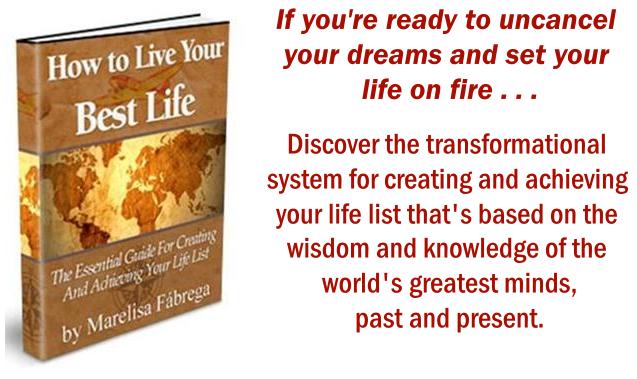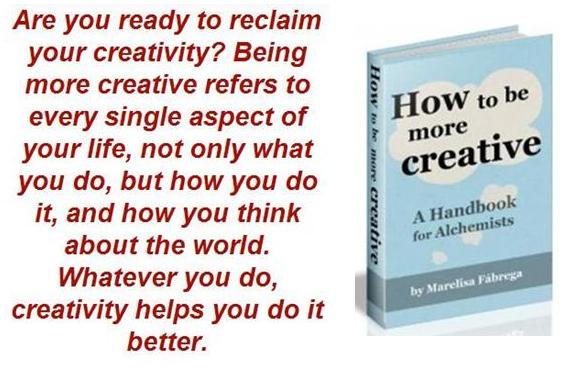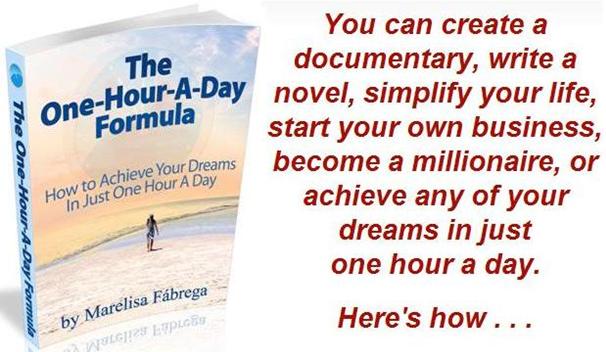 Decision-making is an essential life skill. After all, the decisions we make shape our lives. However, most people aren’t taught decision-making techniques, so they end up making mistakes that they could have avoided if they had taken the time to learn how to make good decisions.
Decision-making is an essential life skill. After all, the decisions we make shape our lives. However, most people aren’t taught decision-making techniques, so they end up making mistakes that they could have avoided if they had taken the time to learn how to make good decisions.
In this post you’ll discover three effective methods for making better decisions. The three methods are the following:
- The Four-Step Natural Brilliance Model
- The WRAP Method
- Six Thinking Hats
Each of these decision making methods is explained below.
The Four-Step Natural Brilliance Model
In his book, “Natural Brilliance”, Paul R. Scheele–founder of “Learning Strategies Corporation”–describes a four step model for making decisions. The four step model is as follows: Release, Notice, Respond, and Witness.
1. Release. Drain all stress from your body and mind. A relaxed body and mind promotes the optimal state for analyzing any situation; a state of relaxed awareness. Being stressed and tense makes us narrow our focus and therefore reduces the number of options we can come up with to solve the problem or make a decision.
2. Notice. Become aware of what is going on around you and within you. By combining steps one and two, release and notice, you achieve a state of relaxed alertness. With relaxed alertness you increase the amount of information that you have about the situation and are better able to come up with a rich set of options to choose from.
3. Respond. Take action. Anything that you do will have an effect, which means that by acting you’ll have more feedback with which to work. By acting you will either have more information on what works, or you’ll have more information on what doesn’t work. In either case, movement will provide you with real and immediate feedback.
4. Witness. Pretend to sit across from yourself and take on the perspective of a wise and trusted counselor. Have a conversation with yourself about the results that you got when you acted. Decide how to best work with the feedback you received from your action so that you can modify your response and act once again. Continue following these four steps until you reach the desired outcome.
The WRAP Method
Chip and Dan Heath are accomplished educators and idea collectors. These two brothers are the authors of the best-selling book, “Made to Stick: Why Some Ideas Survive and Others Die”. They have a new book coming out at the end of this month on how to make decisions.
In “Decisive: How to Make Better Choices in Life and Work”, the Heath brothers explain that most decision-making methods–including the pros and cons method used by Benjamin Franklin–are flawed because they fail to take into account the four villains of decision-making.
The Four Villains of Decision-Making
According to the Heath brothers, the four villains of decision-making are the following:
1. Narrow framing: The tendency to define our choices too narrowly, or to set them in binary terms. Here are three examples:
- Narrow framing: Should I break up with my partner?
- Better framing: How can I make this relationship better?
- Narrow framing: Should I buy a car?
- Better framing: How can I best use my money so that my family will be better off?
- Narrow framing: Should I accept this job offer?
- Better framing: What’s the best way for me to generate income?
2. The confirmation bias: In most situations we allow our guts to come to a decision, and then we look for information that will support that decision. That is, we have a tendency to spotlight the information that supports the conclusion we’ve come to and to disregard any information that opposes it.
3. Short-term emotions: Our short-term emotions often lead us to make the wrong choices.
For example, suppose that you’re offered a job that pays a lot more money than what you’re currently making. Your short-term emotion will probably be happiness at the prospect of making more money. However, this short-term happiness could lead you to accept the job offer without taking into account things like following:
- That the job is in a city far away from your friends and family;
- That the work you’ll be doing doesn’t have much meaning for you; and
- That the person you’ll be working for has a difficult temperament.
That is, the short-term flush of happiness could lead you to make the wrong decision.
4. Overconfidence: People have a tendency to think that they know more than they do about the future and how it will unfold. They feel certain that X or Y will take place, and they make decisions based on their predictions. However, a lot of the time it turns out that their predictions about the future are wrong.
The Four Steps of the WRAP Method
In “Decisive”, Chip and Dan Heath offer a four step process for decision-making which takes the four villains described above into account. They use the acronym “WRAP” to help people remember the steps of the process which they recommend. WRAP stands for the following:
1. Widen your choices. Avoid the narrow definition of your choices. Instead, push for new and better options. Ask yourself how you can expand your set of choices.
2. Reality-test your assumptions. Ask yourself how you can get outside your head and gather information you can trust. Pretend that you’re a trial lawyer and that you have to argue for the decision that you’re thinking of making, and then take the other side and argue against it.
3. Attain distance before deciding. Broaden your perspective by getting some distance from your short-term emotions. One way to do this is to ask yourself how you would advice a friend trying to make a decision similar to the one that you have to make. Another way is to ask yourself what someone you admire would decide under similar circumstances.
4. Prepare to be wrong. Suppose that you’re wrong, and things don’t turn out the way in which you think they will. Are you prepared for that scenario? What steps can you take in order to be prepared in case you’re wrong? What sort of “insurance” can you set up in order to protect yourself in case the future doesn’t unfold like you think it will?
The Heath brothers argue that if you follow the WRAP process you’ll be able to keep the four villains of decision-making at bay, and you’ll start making better decisions.
Six Thinking Hats – Looking at a Decision from Several Points of View
 The “Six Thinking Hats” is a decision-making process or method created by creativity expert Edward de Bono. Basically, it involves looking at a problem from six different perspectives by “wearing” six different hats.
The “Six Thinking Hats” is a decision-making process or method created by creativity expert Edward de Bono. Basically, it involves looking at a problem from six different perspectives by “wearing” six different hats.
The six hats are the following:
White Hat: With this thinking hat, you gather all of the information that you possibly can about your subject matter. Look at the information you have, and see what you can learn from it. Look for gaps in your knowledge, and either try to fill them or take account of them.
Red Hat: Wearing the red hat, you look at the decision using intuition, gut reaction, and emotion. Ask: “What do I feel I should do?”; “What are my emotions telling me to do?”; and “What does my intuition say about this?” You can also ask yourself what the emotional reaction of others will be if you make the choice that you’re contemplating.
Black Hat: Look at things pessimistically, thinking of everything that could go wrong. Try to see why ideas and approaches might not work. This highlights weaknesses in possible courses of action that need to be addressed. It allows you to eliminate them, alter your approach, or prepare contingency plans in case problems should arise.
Yellow Hat: When wearing the yellow hat you should think positively. It is the optimistic viewpoint that helps you to see all the benefits of the decision and the value in it, and spot the opportunities that arise from it.
Green Hat: The Green Hat stands for creativity. This is where you can develop creative solutions to the problem you’re facing or get more creative when it comes to choosing a course of action. There’s a whole range of creativity tools you can use while you’re wearing this hat.
Blue Hat: The Blue Hat stands for process control. When you’re wearing this hat you make sure that you gave adequate time and attention to each of the thinking styles represented by the other five hats. In addition, you should sum up everything that you learned while wearing the other hats, and come to a decision.
Conclusion
Make sure that your life moves forward in the direction that you want it to by making better decisions. The three methods described above are a great place to start.


Related Posts:
1. How to Make Decisions Like Benjamin Franklin
2. An 18 Minute Plan That Will Make Your Productivity Soar
3. How Breaking Parkinson’s Law Can Radically Improve Your Life
4. 49 Snippets of Wisdom on How to Succeed
Did you enjoy this article? Subscribe to “Daring to Live Fully” by RSS or by email, and get free updates.






 Marelisa Fabrega is a lawyer and entrepreneur. She holds a Bachelor of Science in Business Administration from Georgetown University in Washington, D.C., as well as a Juris Doctor from the Georgetown University Law Center. You can learn more about her
Marelisa Fabrega is a lawyer and entrepreneur. She holds a Bachelor of Science in Business Administration from Georgetown University in Washington, D.C., as well as a Juris Doctor from the Georgetown University Law Center. You can learn more about her 





